Fragile by Yes
Buy Fragile Fragile, the fourth album by Yes is really a bridge between its rock-influenced predecessor, The Yes Album, and the nearly pure prog albums which would follow. The album features four tracks […]
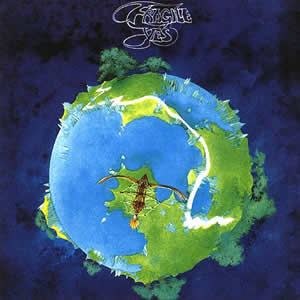
Buy Fragile Fragile, the fourth album by Yes is really a bridge between its rock-influenced predecessor, The Yes Album, and the nearly pure prog albums which would follow. The album features four tracks […]
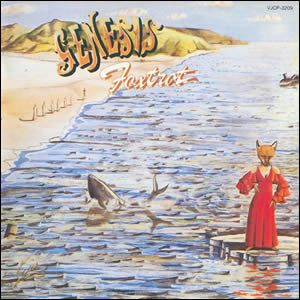
Buy Foxtrot After a couple albums of extreme experimentation in theatrical rock, Foxtrot is where it all came together for Genesis. This 1972 album was the first of three, in consecutive years, that […]
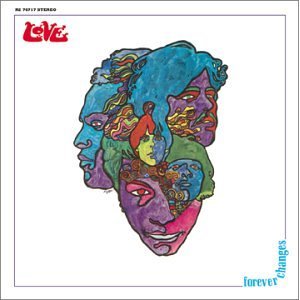
Buy Forever Changes/a> Forever Changes is the third album by the folk rock band Love, and has become their crowning achievement musically. It is a richly produced and sonically fine album which was […]
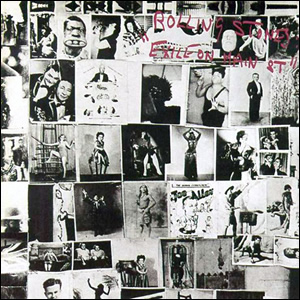
Buy Exile On Main Street Many esteemed and big-name rock publications have rated Exile On Main Street by The Rolling Stones as one of the greatest albums of all time (especially the publication […]
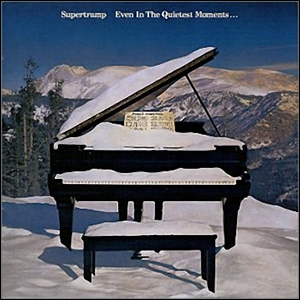
Buy Even In the Quietest Moments Even In the Quietest Moments was the third of four consecutive great albums produced by Supertramp in the mid to late seventies. However, this album was unique […]
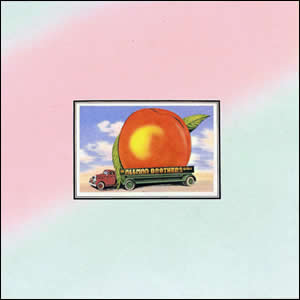
Buy Eat a Peach A unique hybrid album that bridges two eras of The Allman Brothers Band, the 1972 double album Eat a Peach was recorded prior to and in the wake of […]
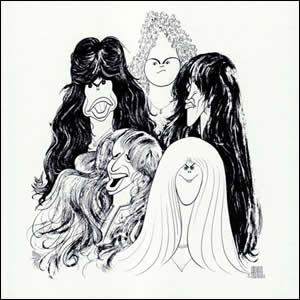
Buy Draw the Line Aerosmith‘s fifth album in 1977 came after the phenomenal success of 1975’s Toys in the Attic and 1976’s Rocks. Although the momentum continued to an extent with Draw the […]
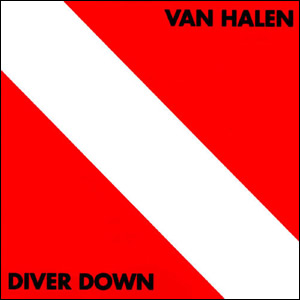
With their 5th album, Van Halen decided to take a less intense approach. Diver Down was developed by accident as the band, exhausted from constant touring and the production of four studio albums […]
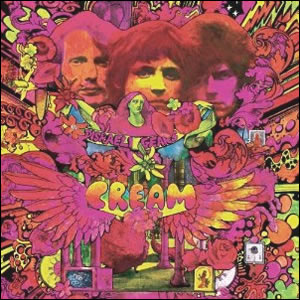
Buy Disraeli Gears Rock’s first “super group”, the British trio Cream was only together for a few years in the late 1960s with only four albums to their credit. However, they left a strong […]
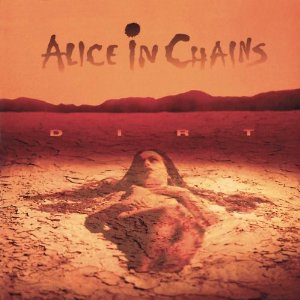
Buy Dirt The band which practically invented the genre of dark alternative metal, Alice In Chains bridged the gap between the “traditional” heavy metal and the new, alternative inspired “fusion” metals which began […]